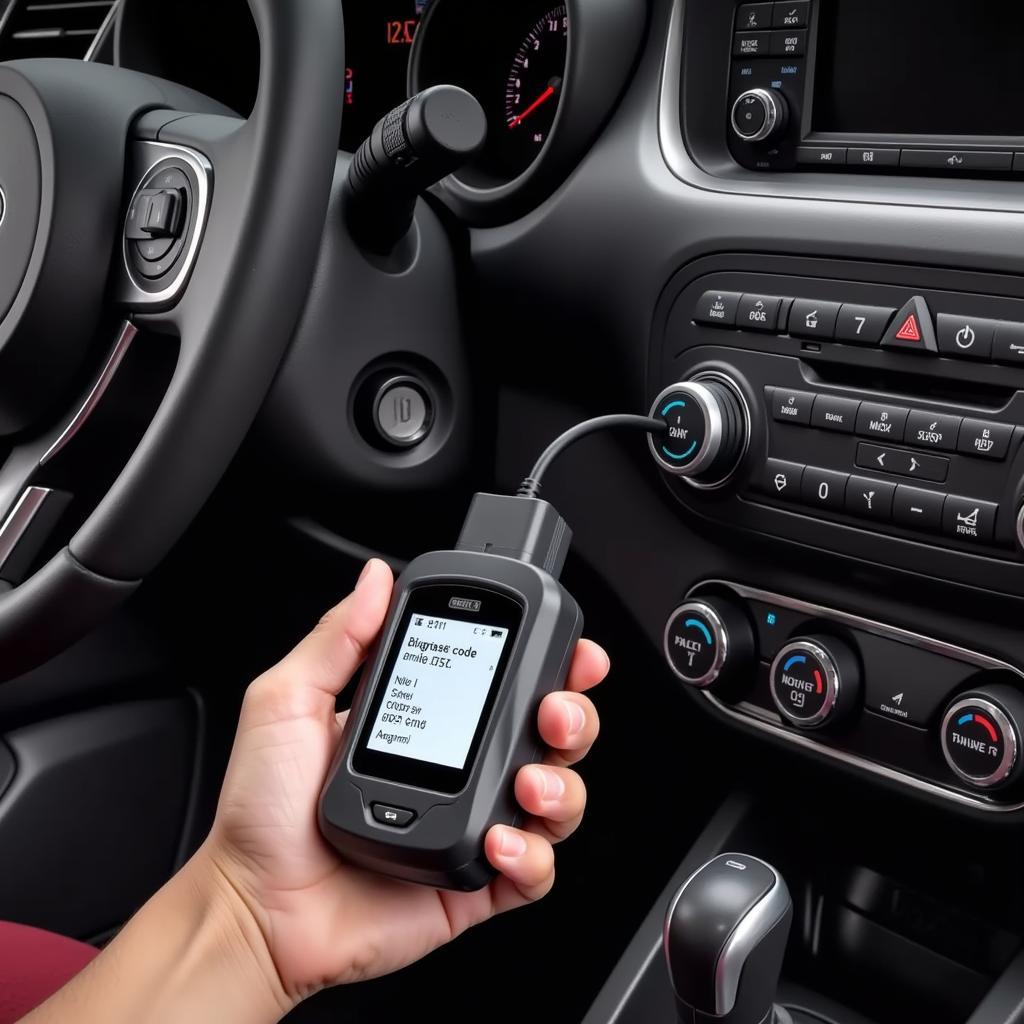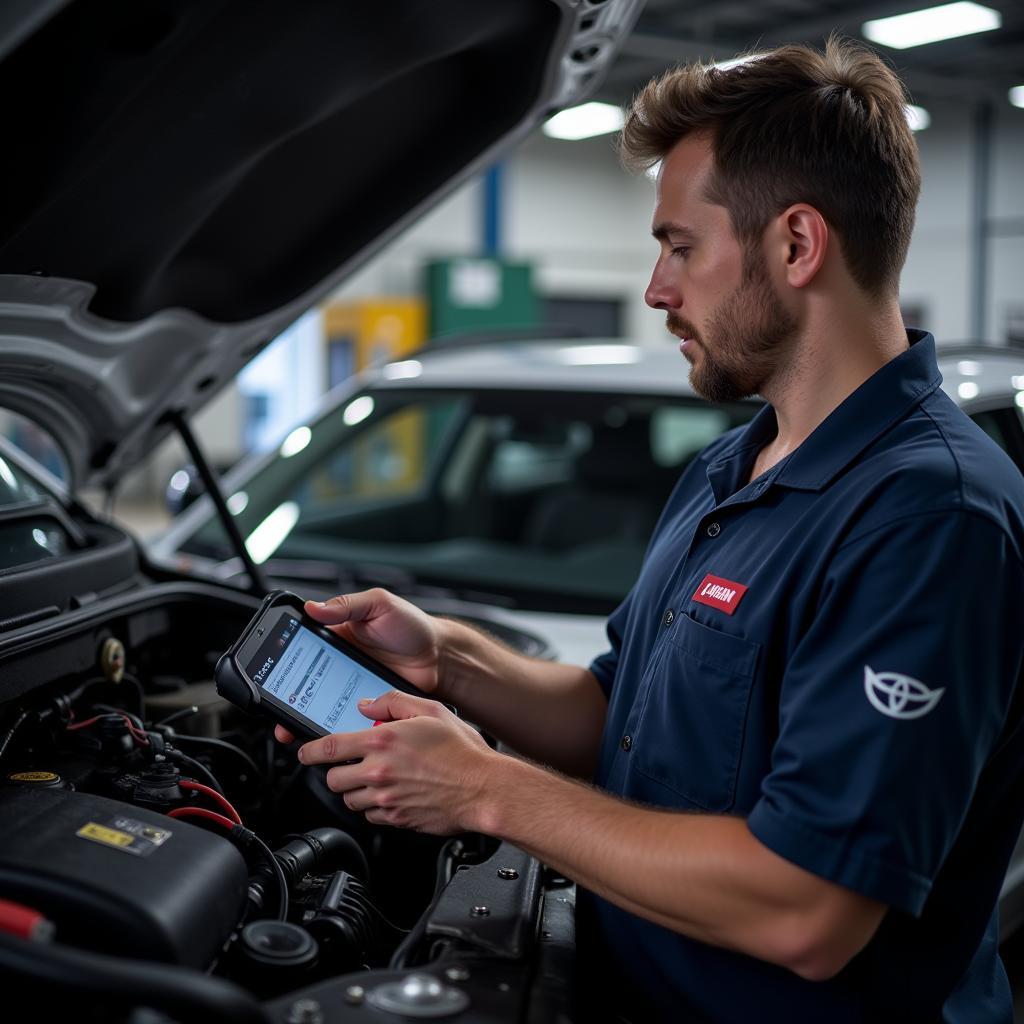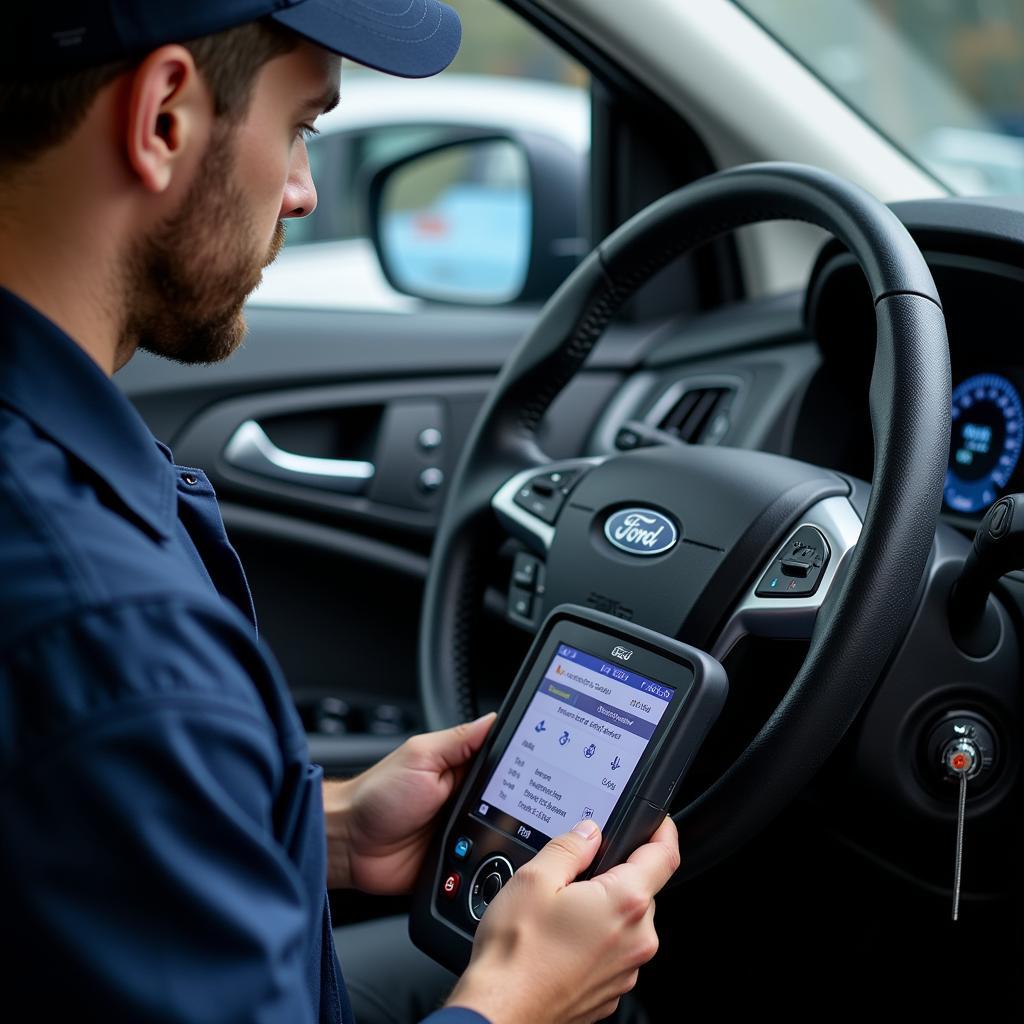Ever been driving down the road, enjoying the open highway, when suddenly your car starts to sputter and lose power? It’s a scary feeling, and you might be wondering what’s wrong. Well, one potential culprit could be a faulty camshaft position sensor, or cam sensor for short.
Why is this question important?
This question is crucial for anyone who owns a car, especially those who like to tinker under the hood. Understanding how to check a cam sensor with a scan tool can save you time, money, and frustration down the road.
How To Check a Cam Sensor With a Scan Tool
Here’s a step-by-step guide on how to check your cam sensor using a scan tool:
1. Get the Right Tools
You’ll need a few essential tools for this job:
-
A Scan Tool: This is the most important tool for checking a cam sensor. A scan tool can read the sensor data and help you diagnose the problem.
-
A Manual for Your Specific Vehicle: This will provide information about the location of the cam sensor and the diagnostic codes associated with it.
2. Find Your Cam Sensor
-
Consult Your Manual: Locate the cam sensor on your vehicle using your owner’s manual. It’s usually found near the camshaft on the engine.
-
Look for a Small Sensor: The cam sensor is often a small, cylindrical device with a wiring harness attached.
3. Connect the Scan Tool
-
Connect the Scan Tool to the OBD Port: The OBD port is usually located under the dashboard, near the steering wheel.
-
Turn the Ignition On: Turn the ignition key to the “ON” position, but don’t start the engine.
4. Access the Data
-
Look for the Cam Sensor Reading: The exact location of the cam sensor data may vary depending on your scan tool and the specific vehicle model. Generally, you’ll need to navigate through the engine system data or sensor readings.
-
Inspect the Values: Compare the readings on the scan tool to the values listed in your vehicle’s manual.
5. Interpret the Results
-
Code P0340 or P0341: If you see a code like P0340 or P0341, it indicates a problem with the cam sensor.
-
Frozen or Erratic Readings: If the scan tool shows a frozen or erratic reading, this could also indicate a faulty cam sensor.
6. Troubleshooting Tips
-
Check the Wiring: Inspect the wiring harness connecting to the cam sensor for any damage or loose connections.
-
Clean the Sensor: Gently clean the cam sensor with a soft brush or a cloth dampened with alcohol. This can remove dirt and debris that might be interfering with its operation.
-
Replace the Cam Sensor: If you find a damaged sensor or the readings are still faulty, replace the cam sensor.
camshaft-position-sensor|camshaft position sensor|A closeup image of a camshaft position sensor with its wiring harness. The sensor is a small, cylindrical device that is typically located near the camshaft on the engine.
Common Questions
Q: Can I check the cam sensor without a scan tool?
- A: It’s very difficult to accurately diagnose a cam sensor issue without a scan tool. You can try checking the wiring and inspecting the sensor visually, but a scan tool will provide the most accurate information.
Q: What other symptoms might indicate a bad cam sensor?
- A: Symptoms can vary depending on the vehicle, but here are some common ones:
- Rough idle: The engine may idle roughly or stall.
- Loss of power: You may experience a loss of power while accelerating.
- Misfiring: The engine may misfire, causing a rough or uneven running condition.
- Check Engine light: The Check Engine light will usually come on.
Q: What can I do if I’m not comfortable checking the cam sensor myself?
- A: It’s best to consult with a qualified mechanic or automotive specialist. They will have the necessary equipment and expertise to accurately diagnose and repair any issues with your cam sensor.
More Insights on Diagnostic Scan Tools
If you’re interested in learning more about using scan tools for diagnosing car problems, check out these resources:
-
Axis Camera Scan Tool: https://diagxcar.com/axis-camera-scan-tool/
-
Aultull Scan Tool: https://diagxcar.com/aultull-scan-tool/
-
Scan Tool to Check Ignition Timing on 99 Chevy Suburban: https://diagxcar.com/scan-tool-to-check-ignition-timing-on-99-chevy-suburban/
-
Lemur Bluedriver Bluetooth Scan Tool: https://diagxcar.com/lemur-bluedriver-bluetooth-scan-tool/
-
MAF Sensor Reads 0 on Scan Tool: https://diagxcar.com/maf-sensor-reads-0-on-scan-tool/
scan-tool-obd-port|obd port scan tool|A scan tool connected to an OBD port under the dashboard of a car. The OBD port is a standardized connector that allows for communication between the scan tool and the vehicle’s onboard computer.
Conclusion
Checking a cam sensor with a scan tool is a relatively straightforward process, but it’s important to use the right tools and interpret the results correctly. If you’re not confident in your abilities, it’s always best to consult with a professional.
Do you have any other questions about cam sensors or scan tools? Leave a comment below!
For expert assistance in setting up and using diagnostic tools, connect with us on WhatsApp at +84767531508. Our team of automotive specialists is available 24/7 to help you get back on the road.


